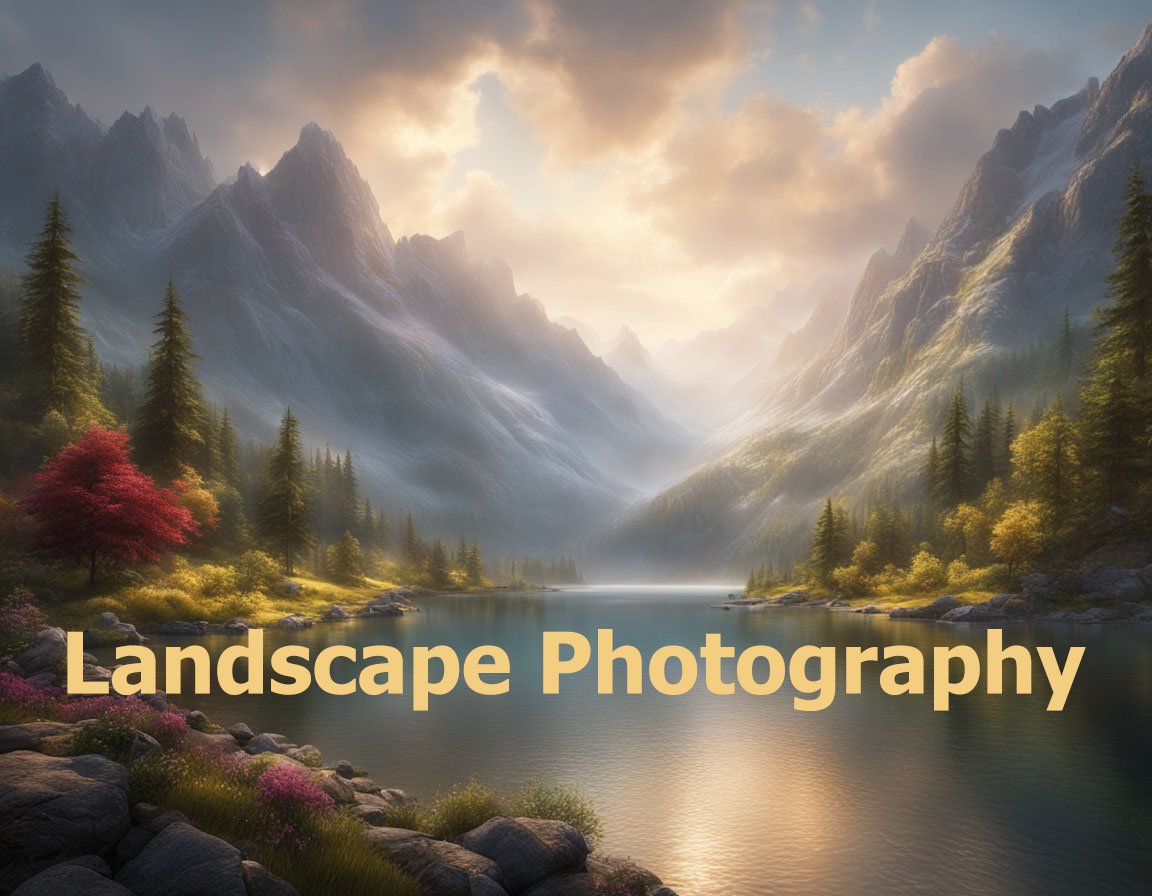Golden hour, an enchanting period shortly after sunrise and before sunset, transforms landscapes with its warm, soft light, creating mesmerizing photography opportunities. During this time, sunlight traverses the Earth’s atmosphere at a low angle, resulting in long shadows and a rich, golden hue that enhances the textures and contours of natural scenes. This magical light quality is why nature photographers often prefer the golden hour to capture the beauty of landscapes, wildlife, and natural phenomena, adding depth and vibrancy to their compositions.
The unique qualities of golden hour light are attributed to its color temperature and angle. Light is warmer in color during this period, ranging from yellow to orange, due to the longer path it travels through the atmosphere. This scattering of short-wavelength blue and green light results in the dominance of longer-wavelength reds and yellows, giving the golden hour its signature appearance. For nature photographers, this effect is invaluable, as it provides naturally saturated colors without artificial manipulation.
Composing images during the golden hour demands an understanding of how light interacts with your subject. With the sun hugging the horizon, shadows lengthen and textures become pronounced, adding an element of drama and contrast. Photographers should position themselves to take advantage of backlighting, sidelighting, or front lighting to highlight details and create mood. Backlighting, for example, can result in ethereal silhouettes or rim lighting effects, particularly with translucent elements such as leaves or animal fur, adding depth and intrigue to your photos.
When photographing landscapes, consider using natural features like mountains, trees, or water bodies to maximize the effect of golden hour light. The warm tones of sunlight can reflect off water surfaces or filter through foliage, creating eye-catching natural frames that guide viewers’ attention to the heart of the composition. Furthermore, mist or fog, commonly found in natural settings during the early morning, can diffuse golden hour light, adding an ethereal dimension to your images.
The direction and intensity of light shift rapidly during the golden hour, so preparedness and planning are crucial. Prospective locations should be scouted beforehand to anticipate how the light will fall on the landscape. Utilize tools like smartphone apps or websites to track the sun’s position, allowing you to approach a scene with a detailed plan that accounts for changes in light conditions. This preparation ensures that crucial moments are not missed, granting the patience needed to wait for perfect lighting conditions.
Golden hour is not just for grand landscapes; macro and wildlife photographers can also reap the benefits of this special time. Soft light minimizes harsh contrasts, allowing fine details to emerge vividly. For wildlife photography, the warm hues can help accentuate the natural colors of animals, insects, and plants. Moreover, the peacefulness of these hours often correlates with increased animal activity, providing more opportunities for dynamic and engaging wildlife shots.
Editing and post-processing techniques can enhance golden hour photos further while maintaining the authenticity of the captured light. Use software to adjust the warmth and contrast slightly if needed, but avoid overprocessing. The goal is to enhance the natural beauty without overshadowing the organic quality of the original shot, ensuring that the magic of the golden hour remains the focus.
The golden hour also encourages creativity through experimentation. Play with long exposures to capture motion in a still background, such as waves lapping against a sunset-lit shore, or experiment with HDR (high dynamic range) techniques to balance the variable exposure levels in a challenging scene. These creative approaches can result in captivating images that extend beyond conventional compositions.
Photographers experienced in capturing golden hour images understand the importance of patience and timing. Nature photography demands an appreciation not just for the spectacle, but for the subtle, fleeting nuances that occur when light interacts with nature in transformative ways. By immersing oneself in these moments, photographers can not only record beautiful images but also experience a deep connection with the natural world.
Additionally, consider the value of wide-angle lenses during golden hour photography; they’re perfect for capturing expansive vistas bathed in warm light. A wide-angle lens allows photographers to encompass more of the foreground, midground, and background, creating a sense of scale and depth. In contrast, telephoto lenses are ideal for isolating specific elements of a scene, such as wildlife or distant landscapes, with the warm glow highlighting details otherwise unnoticed during harder daylight hours.
Incorporating foreground elements can enrich golden hour compositions, adding additional layers and perspectives. By placing identifiable objects like rocks, logs, or flowers in the foreground, photographers create a visual journey for the viewer’s eye, leading them through the image and towards the distant, light-drenched horizon. The resulting photos are more dynamic, inviting viewers to explore the entire frame.
Finally, understanding the local weather and atmospheric conditions is key to successful golden hour photography. Clouds can significantly alter the quality and distribution of light, acting as natural diffusers that soften rays and reduce harshness, or they can enhance drama by reflecting colors and forming silhouettes. Keeping abreast of weather patterns ensures photographers can make the most of cloud cover, haze, or clear skies, adapting strategies for capturing the optimal light.
Through deliberate preparation, technique, and creativity, photographers can harness the magical qualities of golden hour to produce extraordinary images that capture the essence of nature in its most flattering light. This fleeting window of time invites both novice and experienced photographers to explore their craft, pushing the boundaries of what is possible when the world is awash in the golden embrace of dawn and dusk.


